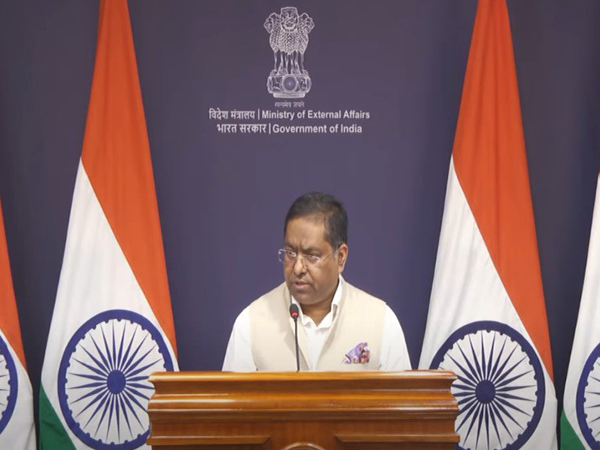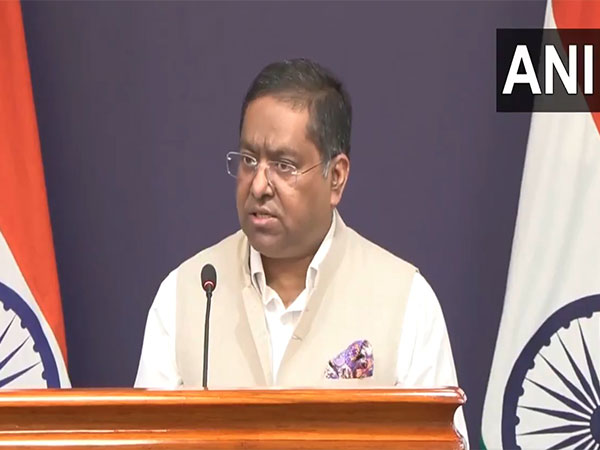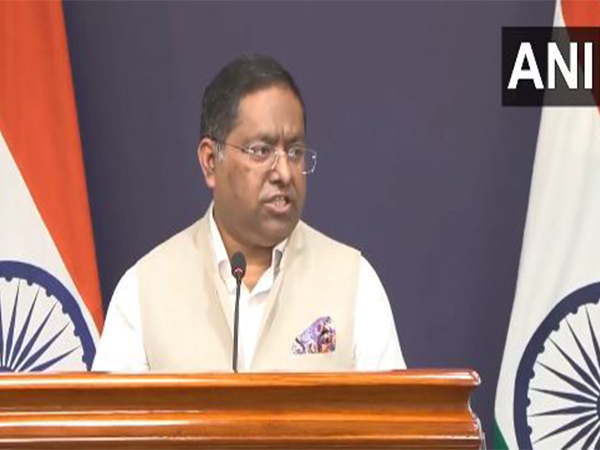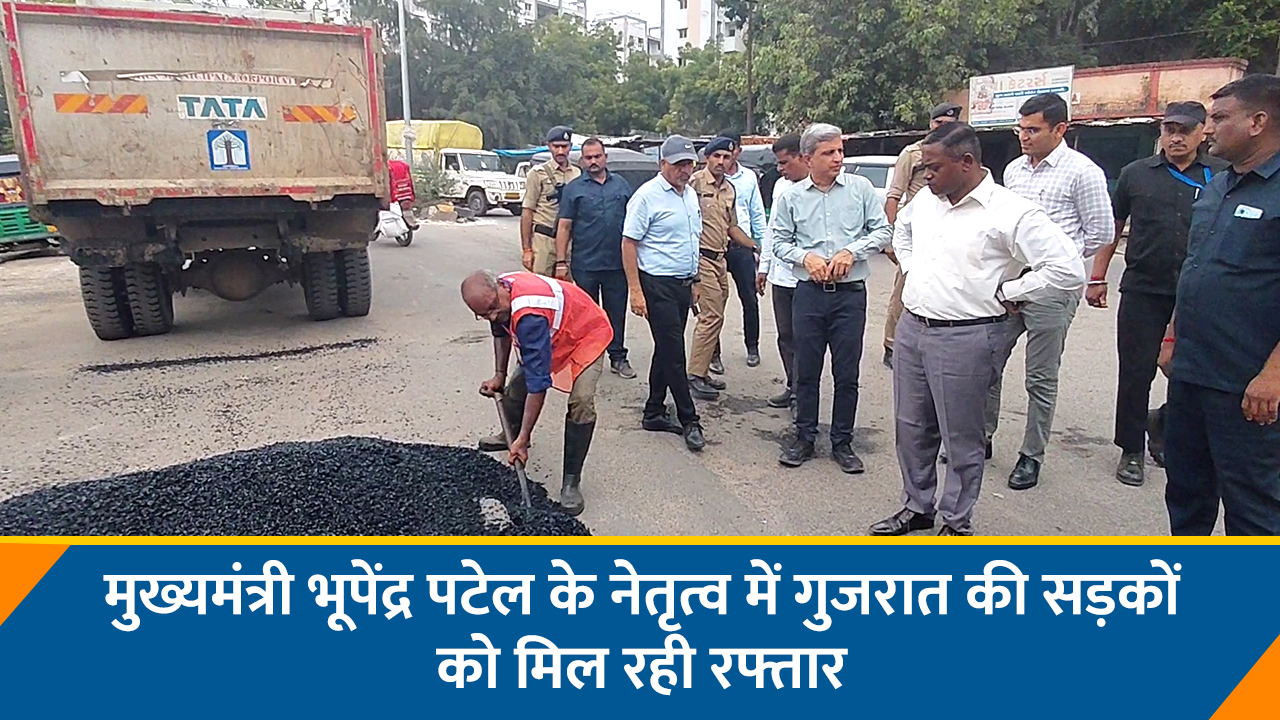Nearly half of Nepal's COVID-19 patients stay in home isolation, say authorities
Sep 20, 2020

Kathmandu [Nepal], September 20 (ANI/Xinhua): Nearly half of the COVID-19 patients in Nepal are staying in home isolation with the Nepali government prioritising such facilities over hospitals for the asymptomatic and mildly symptomatic COVID-19 cases, Nepal's Ministry of Health and Population said.
According to the data from the ministry, there are a total of 17,478 active COVID-19 cases in Nepal as of Sunday. Of them, 8,407 patients, or about 48 percent of total active cases, have stayed in home isolation.
"We have urged the COVID-19 patients who show no symptom or mild symptom to stay at home isolation because they get better care at home with the homely environment," Sameer Adhikari, joint spokesperson at the health ministry, told Xinhua.
"People who stay at home isolation face little mental pressure than those who are kept at isolation centers at hospitals." He said that there would be little risk for family members, caregivers and the people of the community as long as the patient stays in home isolation by following the health protocol strictly.
Currently, most patients with symptoms have been admitted to hospitals, according to the ministry. "Home isolation has saved the hospitals from being overcrowded which would itself pose a risk of transmission at hospitals," said Adhikari. "It has also saved the hospital beds for patients with symptoms."
In late August, a cabinet meeting of the Nepali government decided to hospitalise only symptomatic patients while asymptomatic patients would be asked to isolate at home.
The Nepali government has prioritised home isolation for asymptotic and mildly symptomatic cases amid resurging coronavirus cases in the Himalayan country.
With 1,325 new cases on Sunday, Nepal has reported a total of 64,122 cases. Particularly, Kathmandu, the capital of Nepal, has emerged as a new hotspot of the novel coronavirus in the recent weeks.
"It has been difficult for us to manage beds at Intensive Care Units (ICUs) and ventilators for the serious COVID-19 cases in the Kathmandu Valley," said Adhikari.
However, home isolation has not always been pleasing for the community who fear transmission from such patients. "It has been difficult to convince people of the community that there is little risk from the asymptomatic patients," said Adhikari.
As per the working procedure on monitoring of health condition of the COVID-19 patients staying at home and hotel isolation issued by Nepal's health ministry, a designated health worker needs to provide proper consultation to the patients staying at home isolation regarding the disease, its complexities, and how to keep people in the surrounding safe from infection.
Those who care for the patient need to notify the designated health worker if the patient develops any respiratory problem, chest pain, the color of lip and face changes to blue and the patient becomes unconscious, according to the working procedure. "The health worker needs to rush the patient to the hospital by arranging the ambulance," it says. (ANI/Xinhua)


















